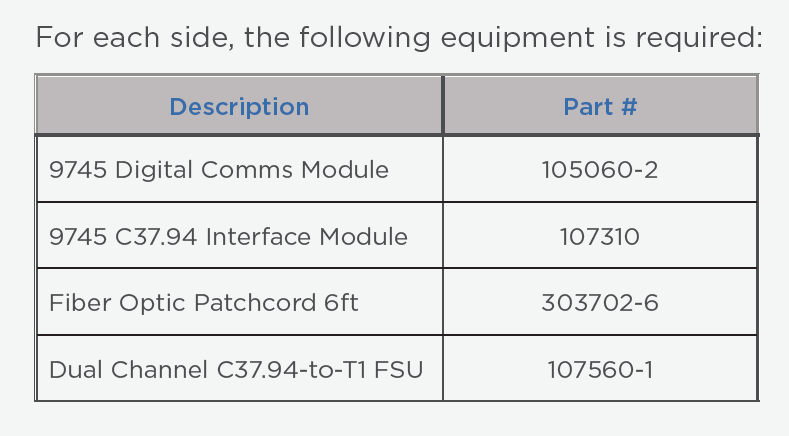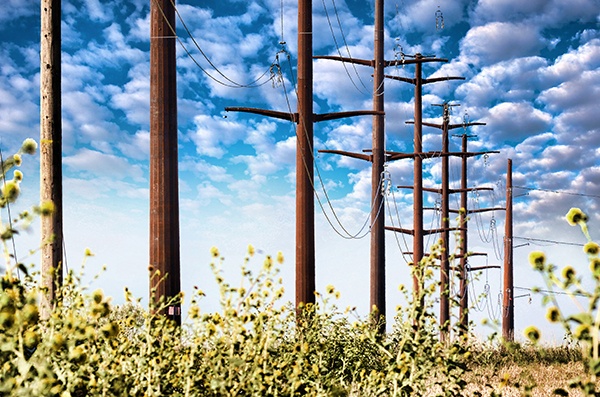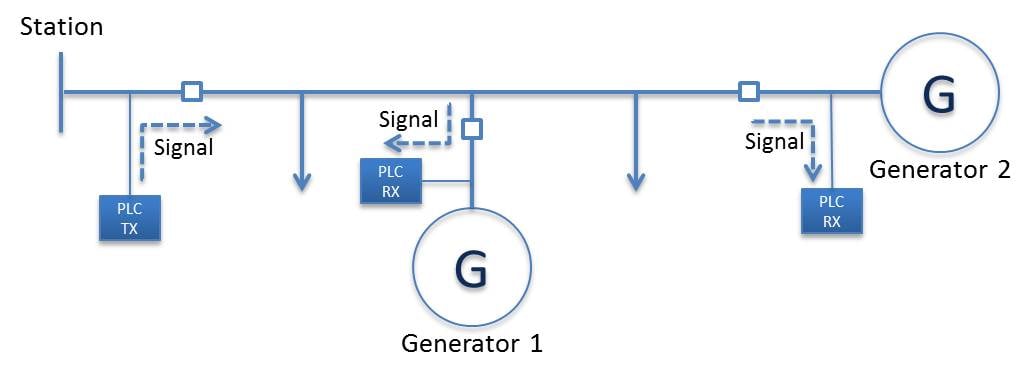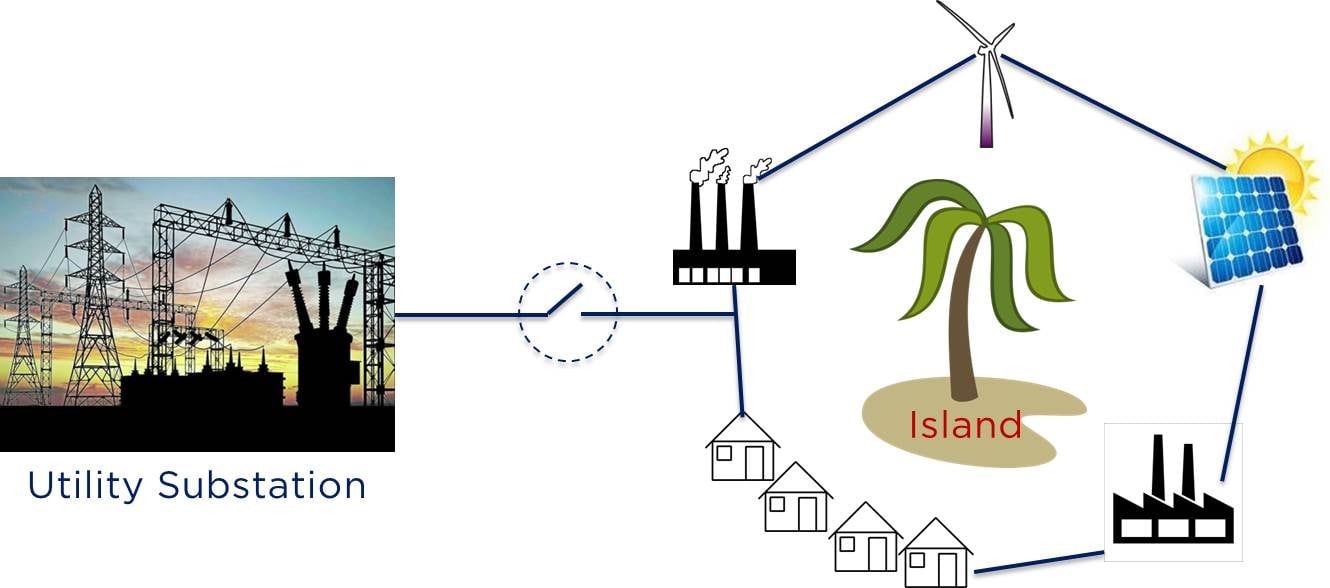- Hubbell Power Systems Blog
- Brian Dob
Brian Dob

Written by Brian Dob
The Scenario Telephone companies will no longer support audio leased lines starting as early as...

Written by Brian Dob
Pilot Protection Relaying uses a communications channel (pilot channel) to provide coordination...

Written by Brian Dob
Communications assisted methods are unique in that they effectively eliminate the non-detection...

Written by Brian Dob
Power system islanding occurs when distributed generation becomes isolated from the power system...